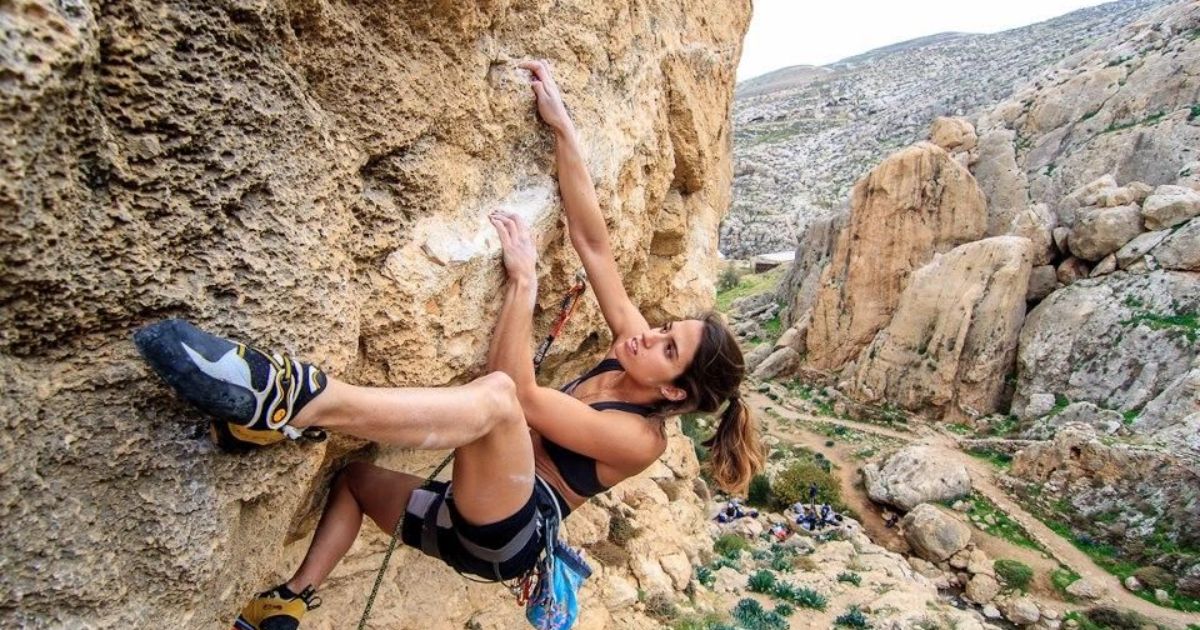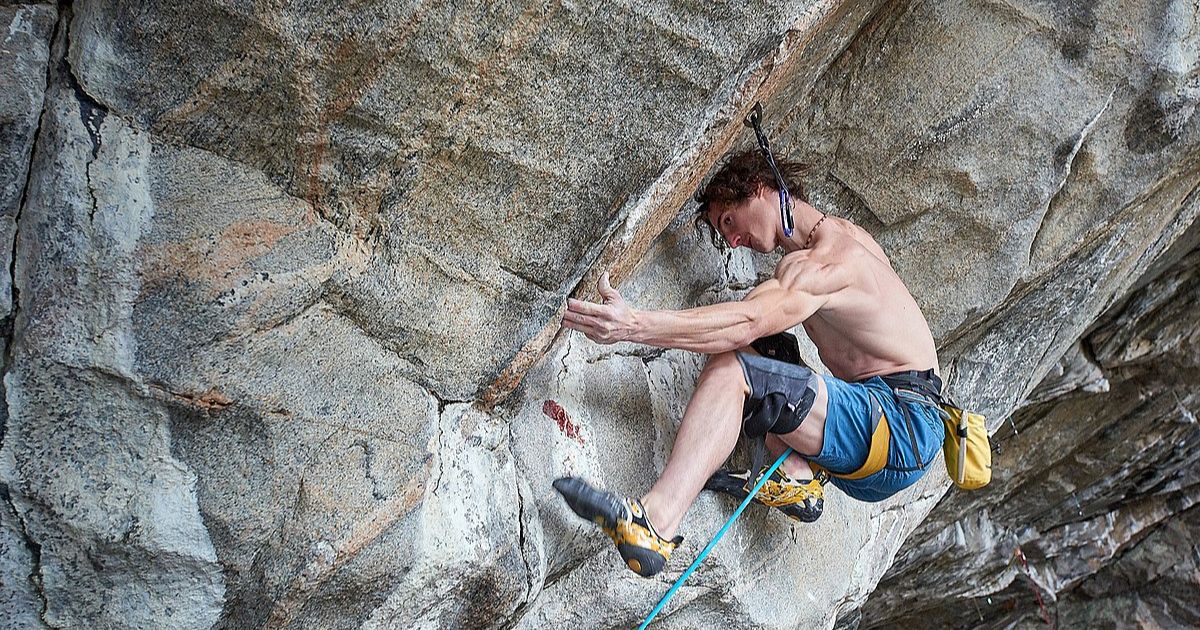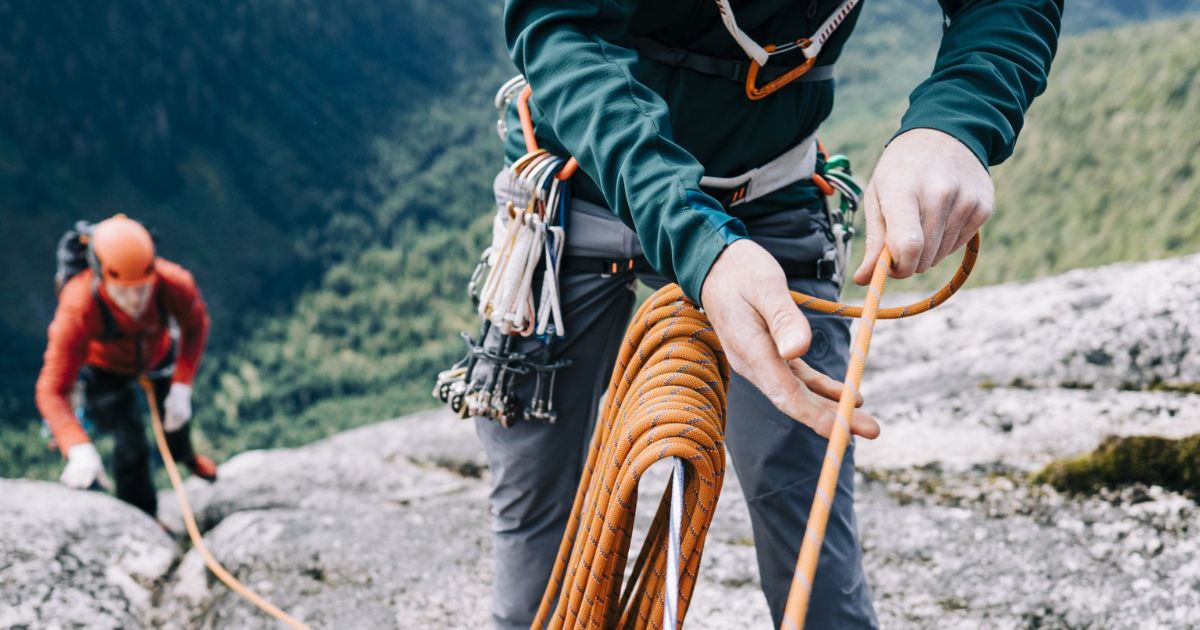In the world of rock climbing, one technique stands out for its crucial role in successfully navigating challenging routes: edging. Imagine a climber meticulously balancing on the narrow edge of a sheer rock face, relying on precise footwork and the right equipment to maintain grip and stability. This article explores the definition of edging, its importance in climbing, various techniques, and how to choose the appropriate climbing shoes for this technique. Whether you’re a seasoned climber or a curious novice, understanding edging will elevate your climbing prowess to new heights.
Key Takeaways
- Edging is the technique of using the edges of climbing shoes for traction and stability on small footholds.
- It significantly contributes to the safety and success of a climber’s ascent by enhancing balance, stability, and footwork.
- Edging allows climbers to distribute their weight effectively and tackle more difficult routes.
- Developing strong edging skills improves grip, footwork, and overall control while climbing.
The Definition of Edging
The definition of edging in climbing can be understood as the technique of using the edges of the climbing shoes to gain traction and stability on small footholds. Edging techniques involve utilizing the sharp, defined edges of the climbing shoe to maximize contact with the rock surface, enabling climbers to maintain balance and control on narrow and precarious footholds. By precisely positioning the edges of their shoes on the smallest of holds, climbers can distribute their weight effectively, minimizing the risk of slippage and enhancing their overall climbing performance.
Edging benefits climbers by providing them with the ability to navigate challenging routes with greater precision and confidence. It allows climbers to effectively transfer their body weight onto tiny footholds, ensuring stability and control, making it a crucial technique in Wear Rock Climbing. This technique is essential in achieving successful climbs, as it significantly contributes to the overall safety and success of a climber’s ascent. Transitioning into the next section, it is crucial to explore the importance of edging in climbing.
The Importance of Edging in Climbing
Edging is a crucial technique in climbing that involves using the edges of the climbing shoes to gain traction on small footholds. This technique allows climbers to maintain precise footwork, enabling them to navigate challenging routes with accuracy and control. Additionally, edging enhances balance and stability, helping climbers maintain their position on the wall and prevent slips or falls. By improving climbing efficiency, edging allows climbers to conserve energy and tackle more difficult routes.
Technique for Precise Footwork
One key technique for achieving precise footwork in climbing is through the utilization of proper edging. Edging refers to the act of using the inside or outside edge of your climbing shoe to gain traction on small holds. By employing this technique, climbers can maintain balance and stability, allowing them to navigate challenging routes with accuracy and control. Here are some important factors to consider when incorporating edging into your climbing technique:
- Foot Placement: Ensure that your foot is placed firmly on the hold, maximizing the contact area with the edge of your shoe.
- Weight Distribution: Shift your weight onto the edge of your foot, distributing it evenly to maintain balance and control.
- Body Positioning: Keep your body aligned and centered over your feet, maintaining a strong and stable position.
- Toe Control: Flex your toes and engage your foot muscles to actively grip the hold, enhancing your ability to edge effectively.
Mastering the technique of edging not only improves precise footwork but also enhances balance and stability, enabling climbers to tackle more challenging climbs with confidence.
Enhances Balance and Stability
Proper utilization of edging significantly improves climbers’ balance and stability, thereby enhancing their overall climbing performance. Edging involves using the edges of the climbing shoes to gain traction on small holds or narrow ledges. This technique requires precise footwork, body positioning, and balance training. By effectively distributing body weight on the edges of the shoes, climbers can maintain stability and control while on the wall.
Edging allows climbers to maximize their contact with the rock surface, preventing slips and falls. It requires fine-tuning of body alignment, weight distribution, and muscle engagement. Developing strong balance and stability through edging enables climbers to navigate challenging routes with confidence and accuracy. As we delve into how edging improves climbing efficiency, it is important to understand the foundational role it plays in enhancing balance and stability.
Improves Climbing Efficiency
Utilizing edging in climbing is crucial for improving climbing efficiency and optimizing performance on the wall. Edging refers to the technique of using the small edges of holds to support body weight and propel upward movement. By incorporating edging techniques into climbing, climbers can experience several benefits, including:
- Improved body positioning: Edging allows climbers to position their bodies in a way that maximizes balance and stability. By utilizing the edges of holds, climbers can distribute their weight effectively and maintain control throughout their ascent.
- Preventing foot slips: Edging helps climbers maintain traction and prevent foot slips. By placing the inside edge of the climbing shoe on the hold, climbers can increase friction and reduce the chances of slipping.
Understanding Edging Techniques
Understanding edging techniques in climbing is crucial for improving grip and enhancing footwork. Edging refers to the technique of using the edges of your climbing shoes to gain traction on small footholds. By mastering edging, climbers can maintain stability on challenging routes, making precise foot placements and maximizing their grip on the rock surface. This technique requires proper body positioning, balance, and coordination, allowing climbers to navigate difficult terrain with confidence and control.
Edging for Better Grip
To enhance grip and stability while climbing, climbers employ edging techniques which involve strategically placing the edge of their climbing shoe on narrow footholds. Edging for better grip requires proper technique and understanding of how to utilize the edges of the shoe effectively. Here are some key points to consider when using edging techniques:
- Maintain a balanced body position by keeping the weight centered over the edge of the shoe.
- Use the side of the shoe’s sole to maximize contact with the foothold.
- Engage the muscles in the foot and lower leg to create tension and control.
- Practice precision and accuracy in foot placement to ensure a secure grip on the hold.
Importance of Footwork
Climbers rely on precise footwork to master edging techniques and maximize their grip and stability while climbing. Proper foot placement is crucial for maintaining balance and control on the wall. By utilizing specific edging techniques, climbers can effectively engage the edges of their climbing shoes to gain traction on small footholds. This requires careful attention to foot positioning and weight distribution.
Body positioning is equally important, as climbers need to align their bodies in a way that optimizes their balance and stability. This involves maintaining a strong core, engaging the leg muscles, and keeping the hips close to the wall. By developing a strong understanding of footwork and body positioning, climbers can enhance their overall climbing performance and tackle challenging routes with confidence and efficiency.
Choosing the Right Climbing Shoes for Edging
Climbing shoes play a crucial role in edging performance, making it essential for climbers to choose the right pair. When it comes to edging, proper foot placement is key, and having the right shoes can greatly enhance your ability to maintain precise contact with the rock. Here are some factors to consider when selecting climbing shoes for edging:
- Stiffness: Look for shoes with a stiffer sole to provide better support and stability on small edges.
- Rubber compound: Opt for shoes with sticky rubber that offers excellent friction and grip on the rock surface.
- Toe shape: Shoes with a pointed or downturned toe can help with precise toe placements on small footholds.
- Fit: Ensure a snug fit to maximize sensitivity and control.
Developing Edging Skills and Strength
Developing strong edging skills and maintaining optimal strength is essential for climbers looking to improve their technique and performance on the rock. Edging is a fundamental footwork technique that involves using the edge of the climbing shoe to gain traction on small holds. To develop your edging skills, focus on improving your footwork technique. This includes placing your feet precisely on the holds, using the appropriate part of the shoe for maximum contact, and applying the right amount of pressure.
Additionally, incorporating exercises that target the muscles responsible for edging, such as the calves and ankles, can help improve your strength and stability. By developing your technique and building strength in the necessary muscle groups, you will be better equipped to tackle challenging climbs. In the next section, we will discuss tips for incorporating edging into your climbing routine.
Tips for Incorporating Edging Into Your Climbing Routine
To effectively incorporate edging into your climbing routine, optimizing your training regimen is crucial. Here are some tips to help you develop your edging techniques and avoid common mistakes in edging:
- Focus on footwork: Pay close attention to your foot positioning and weight distribution. Practice precise foot placements to maximize stability and control.
- Gradually increase difficulty: Start with easier routes and gradually progress to more challenging ones. This will allow you to build strength and technique without overwhelming yourself.
- Practice balance exercises: Incorporate exercises that improve your balance, such as standing on one foot or using a balance board. This will enhance your stability and control on the wall.
- Seek professional guidance: Consider working with a climbing coach or taking a technique class. They can provide valuable feedback and guidance to help you refine your edging skills.
Frequently Asked Questions
What Are Some Common Mistakes Climbers Make When Attempting to Edge?
Common mistakes climbers make when attempting to edge include poor foot placement, lack of balance, and not utilizing proper technique. To improve, climbers should focus on precise footwork, body positioning, and practicing on different types of edges.
Can Edging Be Used for Both Indoor and Outdoor Climbing?
Edging in climbing is a technique that can be utilized both indoors and outdoors. It offers numerous advantages such as increased stability, precision, and control. Indoor and outdoor edging may differ slightly in terms of terrain and equipment, but the core principles remain the same.
Are There Any Specific Exercises or Drills That Can Help Improve Edging Skills?
To improve edging skills in climbing, incorporating specific exercises and drills can be beneficial. These exercises and drills focus on improving technique and footwork, allowing climbers to develop better control and precision while utilizing edges on the rock or wall.
How Can Climbers Determine if They Need to Improve Their Edging Technique?
Climbers can determine the need to improve their edging technique by assessing their balance and foot placement during climbs. Proper foot placement and balance are crucial for maintaining stability and efficiency while edging, leading to better overall climbing performance.
Are There Any Alternative Techniques or Strategies for Tackling Difficult Edging Sections?
When facing challenging edging sections in climbing, climbers can consider alternative approaches and unconventional methods. These strategies can provide new perspectives and enable climbers to navigate difficult sections more effectively, enhancing their overall climbing performance.
Conclusion
In conclusion, mastering the art of edging in climbing is essential for success in the sport. Edging involves using the edges of your climbing shoes to gain traction on small holds and maintain balance on narrow surfaces. By understanding different edging techniques and choosing the right climbing shoes, climbers can improve their skills and strength in this aspect of the sport. Incorporating edging into your climbing routine can greatly enhance your overall climbing performance. So, take your climbing to new heights by perfecting your edging skills.










